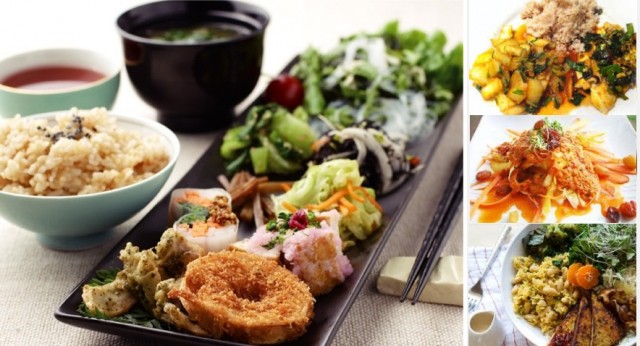Consuming low GI foods just makes good sense for weight control and maintenance, energy levels as well as healthy eating.
Products that are high in fat have a low GI as they don’t break down as easily as the ones high in carbs.
That doesn’t mean you should make a decision to eat high fat foods in order to stick to the index. As an example, whole milk is ranked lower than the fat free or low fat single.
Your GI diet, based on your Glycemic Index, has recently can become very popular, however the GI ranking system has been around since 1981. There have been several books published on the success of your GI diet, although is it really a diet or a lifestyle change?
Your glycemic index- Dr. David Jenkins, from the University of Toronto in Canada, developed the glycemic index to measure your speed at which foods break down in the body to produce glucose. While originally intended to assist you to diabetic patients control their glucose levels, it was soon used to provide help to individuals trying to lose weight to control their eating habits as well as hunger. The key was to decrease your fast breakdown of foods into glucose.
Glucose is your natural source of energy for your body. It produces a rush of energy as soon as your food is broken down, and then as soon as it is burned up, it leaves a feeling of hunger and fatigue.
Depending on how fast they elevate the blood sugar level after eating; foods are considered high, medium in addition to low GI foods. Low GI foods rank less than 55 on your glycemic index scale, medium GI foods go from 55 to 70 plus high GI foods rank higher than 70. High GI foods break down very quickly in the body in addition to make you feel hungry again soon after consuming them.
Low GI foods
Low GI foods are slowly digested plus absorbed therefore you feel fuller for a longer period of time after you eat.
Low GI foods include: most fruits in addition to vegetables; legumes; cereals that are high in fibers but low on sugar; dairy products desire low fat plain yogurt, whole, low fat or skimmed milk; whole grain breads.
Medium GI foods
Medium GI foods include: most types of pasta; rice; some fruits would like mangos, apricots plus raisins; some vegetables desire baked beans.
High GI Foods
Elevated GI foods include: white flour products like white bread, croissants, doughnuts; heavily processed foods would like corn chips, potato chips or pretzels; foods high in sugar would like cookies, rice krispies, ice cream; high starch vegetables such as potatoes and parsnips; fruits high in sugar – watermelons, dates plus other dried fruits.
The Low GI Diet plan
Your low GI diet focuses on changing eating habits so now that the majority of your foods consumed are from your low GI food group. These foods carry longer to break down into glucose in your body.
This does two necessary things: Produces a extra even level of glucose throughout your day to avoid those high glucose times followed by the low glucose slumps. Stops cravings plus hunger from occurring as much; when these two components combine, they allow the dieter to eat a balanced meal in addition to not experience the “energy slumps”.
The whole grains as well as unprocessed foods bring extra time for your body to convert to glucose as well as keep the feeling of being full for longer. It also prevents those cravings which tend to cause overeating or consuming foods that are not on the consuming strategy.
But, your diet should not rely exclusively on the glycemic index as low GI foods aren’t necessarily healthy. Foods should be chosen based on their overall nutritional value. The glycemic index is influenced by a sum of factors would like: your nutrient content of the foods, your extent to which they are processed, the cooking method, food combination or ripeness in your case of fruits as well as greens.
Your glycemic index doesn’t rank foods that do not contain carbohydrates, desire fresh meat, chicken, fish, and eggs in addition to cheese. But, it includes processed foods that include meat in addition to dairy products.
For a healthy low GI diet you should come to a decision lean or low-fat meats that have been trimmed of visible fat, skinless poultry, fish as well as low-fat dairy products, even though they aren’t ranked.
Your nutrient content is also very important. Between dates or watermelon and a bag of crisps your obvious choice is the fruit even though your watermelon is considered high GI because of the sugar content in addition to your crisp are considered low GI as they are high in fat and slow down your absorption procedure.
Maybe is also important to remember that your glycemic index ranks individual foods only, not whole meals.
So is your low GI technique a diet or a lifestyle?
Most experts agree that it is a diet plan that leads to changes and becomes a lifestyle.
Depending on how the foods are combined, the overall GI value of your meal might change as well as cannot be measured accurately, but your main idea is that including low GI foods in your meal will result in lower GI value in general.
- The low GI diet does not lead to rapid weight loss; rather it results in a steady and constant decrease in body weight.
- Your individuals who use this strategy find that they have more energy and so now are extra likely to exercise.







